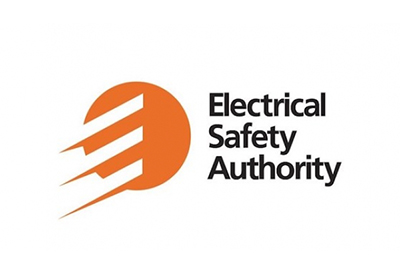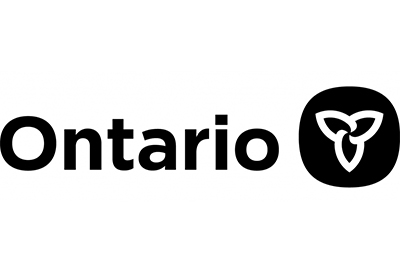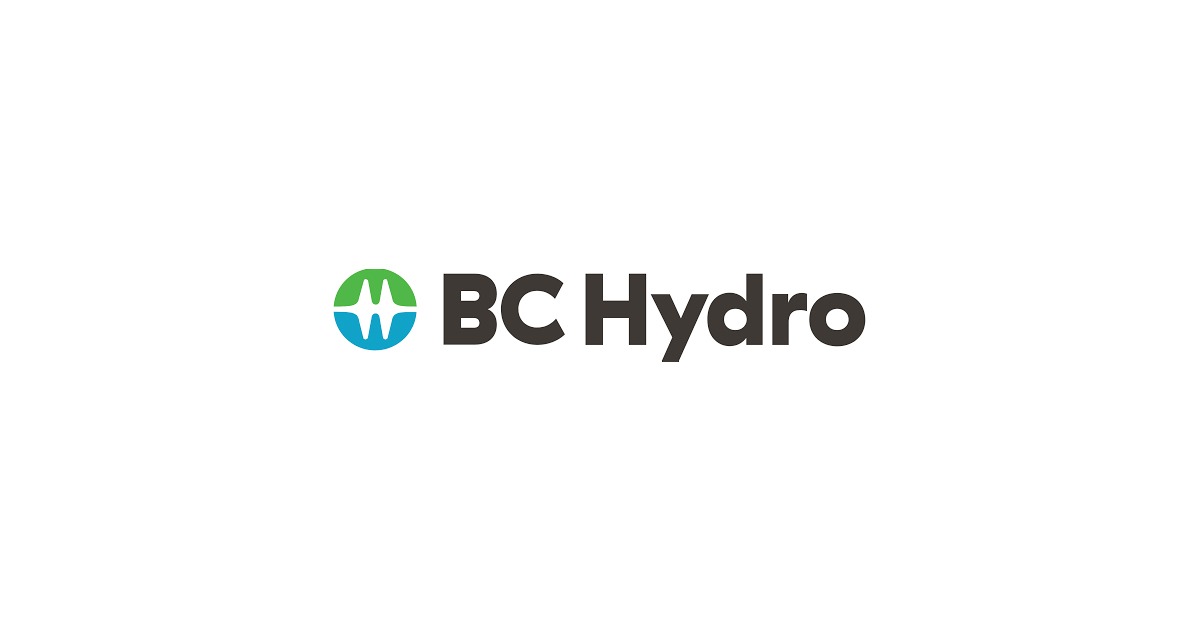Proposed New Surety Bonding Requirements for Large Non-P3 Infrastructure Projects in Ontario

April 8, 2024
Since 2018, the Construction Act (the Act) has mandated the use of surety bonding for public construction projects with a price of $500,000 or more. This requirement is meant to protect public and broader public sector infrastructure project owners, subcontractors, workers, and suppliers from the risk of non-payment or non-performance if a contractor defaults on its obligations under a project agreement. The general minimum coverage limit is 50% of contract price for each of the performance and labour and material bonds. However, an exception applies for projects delivered using a Public-Private Partnership (P3) delivery model as this model was envisioned to be the dominant model used for large public infrastructure projects. For these projects, the minimum coverage limit for each bond is,
a. 50% of the contract price, if the contract price is $100 million or less; or
b. $50 million, if the contract price is more than $100 million.
Since then, however, market conditions have changed, and non-P3 delivery models (i.e., models that do not involved private finance) are being used for large projects more often. And in response to stakeholder feedback that the level of bonding required for non-P3 projects may impede or delay the construction of priority large non-P3 projects, the Province made amendments to the Act through Bill 146, Building a Strong Ontario Together Act (Budget Measures), 2023 (2023 Fall Bill) to allow the government to lower the minimum bonding requirements for large non-P3 projects. The legislative amendments would allow the 50% default coverage limit to be moved into the regulation alongside the new non-P3 requirements.
The Province is now seeking feedback on those new non-P3 bonding requirements which would establish a new minimum coverage limit for large non-P3 projects for each of the performance and labour and material bonds, as follows:
a. 50% of the contract price, if the contract price is $500 million or less; or
b. $250 million, if the contract price is more than $500 million.
In addition, like an existing obligation for bonding P3 projects, project owners would be required to assess whether the minimum bond coverage is adequate to protect against contractor non-performance and non-payment and are able to set a higher bonding requirement, if appropriate.
The legislative amendments made through the 2023 Fall Bill and a consultation version of the proposed regulatory amendments are included as an attachment. Your feedback may inform potential changes to the proposed regulatory amendment.
Analysis of Regulatory Impact:
No new administrative costs are anticipated as a result of the proposed changes. The Province invites stakeholder feedback on the changes including on potential costs associated with the given regulation coming into force.
Go HERE for more information

















